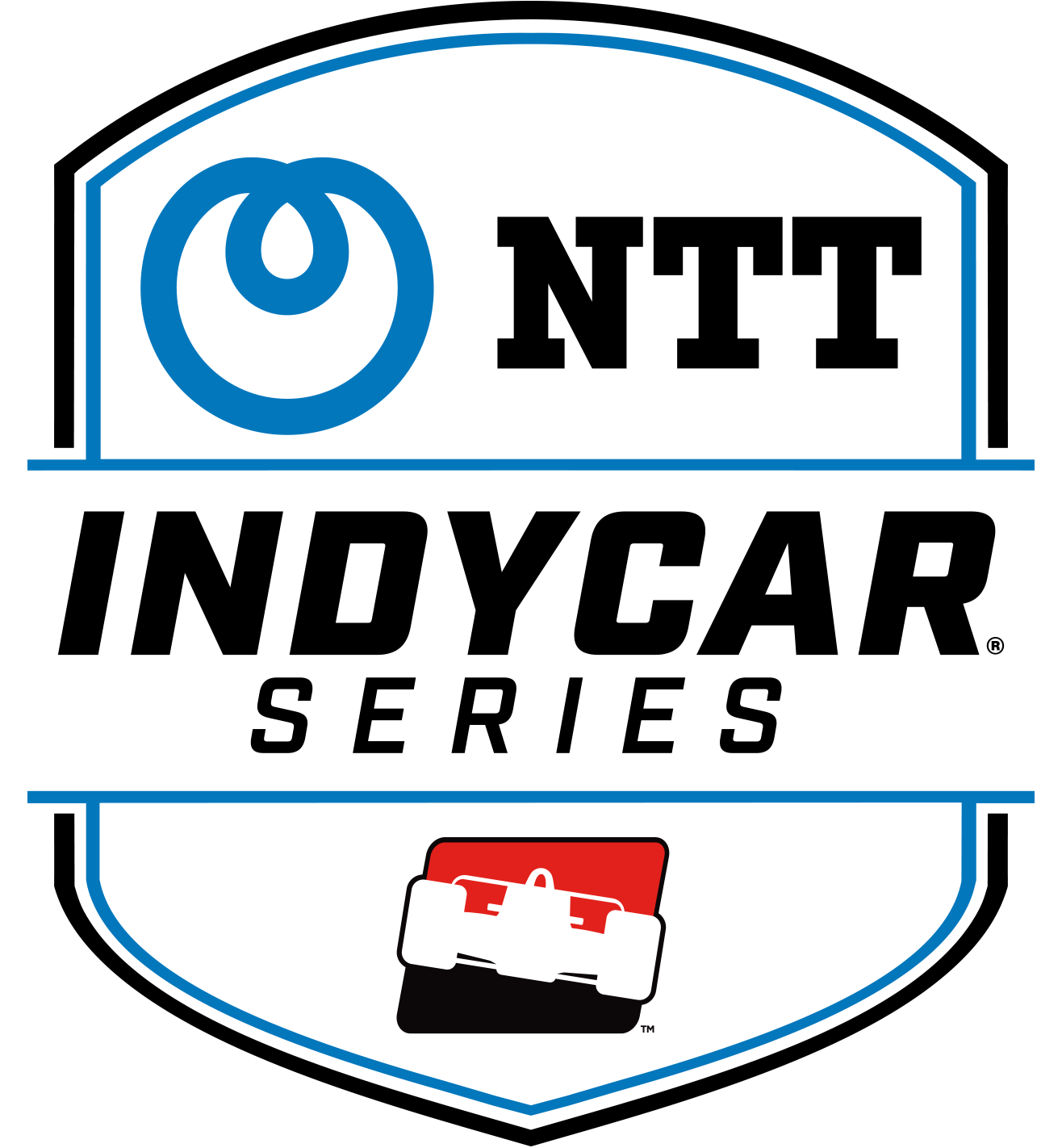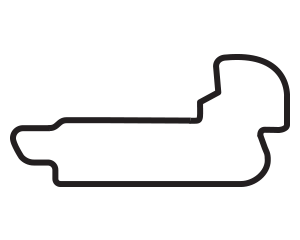APP EXCLUSIVE: Teams expect to learn plenty about Aeroscreen at COTA test
FEB 07, 2020
When the green flag drops to start the annual NTT INDYCAR SERIES Open Test next week at Circuit of The Americas, all cars will have a different look.
Each Dallara chassis will include an Aeroscreen, the safety initiative that is a collaborative effort between INDYCAR, Red Bull Advanced Technologies, Dallara, PPG and Pankl. It is a canopy-like structure open on top above the driver’s helmet, but the front and the sides of the Aeroscreen rise above the driver.
The Aeroscreen will provide a much safer cockpit for the driver, protecting them from flying debris. All cars will have one for the 17-race season, which begins Sunday, March 15 with the Firestone Grand Prix of St. Petersburg on the city streets of St. Petersburg, Fla. The race at COTA, the AutoNation INDYCAR Challenge, is Sunday, April 26.
The addition of the Aeroscreen, however, will change some of the mechanical and aerodynamic characteristics of the cars, and those are things teams want to explore during the tests Tuesday and Wednesday.
“It’s going to make some changes,” Chip Ganassi Racing Performance Director Chris Simmons told NTT INDYCAR Mobile. “The aero changes will be part of it, but the mechanical changes with the center of gravity going up higher and the car weighing 60 pounds more will be part of it, too. For Indy 500 qualifying, maybe that won’t make a big difference, but over a tire stint at Indy where the tire degradation is relatively low, that extra weight in general will have an effect.
“Keeping the mechanical setup optimal and keeping your aero platform optimal will be really important.”
Garrett Mothershead is Marco Andretti’s race engineer at Andretti Autosport. He believes the changes to the performance of the race car will be subtle. Over time, engineers will find more ways to extract extra performance from the car with the Aeroscreen.
“It won’t be like going from non-aero kit to aero kit,” Mothershead told NTT INDYCAR Mobile, referring to the 2015 season when aero kits were added to the Dallara chassis. “It won’t be that size of a change.
“Will it change the balance? Yes. We’ve already seen some hints that it will take away some rear downforce from having weight up high. But I don’t think it will revolutionize anything.”
From an engineering standpoint, there will be nuances that will come into play. The sleek Aeroscreen looks like it would improve the car’s aerodynamics because of its shape, but it will also reduce the air flow hitting the rear wing.
It’s that airflow that improves the aerodynamic rear downforce on the Indy car.
“You’ve created more funnel area and that will create more drag,” Mothershead said. “Some of it is the amount of mechanical grip available and the other is the parity of the cars. You don’t have the disparity of the field like we used to. We now have 15 cars that can win a race on any weekend.”
Mothershead and other team engineers will attempt to balance the potential loss of rear downforce levels through mechanical downforce and grip.
“In terms of the racing, I don’t think it will change much,” Mothershead said. “Indy is unique in how that plays out and what Firestone does with the tires. You can still race these things.
“When you get to the short ovals and road courses, the driver really shines. I don’t think much of that will change with the aeroscreen.”
Eddie Jones is Takuma Sato’s race engineer at Rahal Letterman Lanigan Racing. During the offseason, Jones and other engineers have used other tools to calculate the expected changes to the race car.
“We’ve conducted wind tunnel tests, so we are well aware of the changes in the aerodynamics,” Jones told NTT INDYCAR Mobile. “They are not that big actually. We are not having to adjust too much as far as that goes. There is some added weight to the car, but that’s high up.
“But what really matters is driver safety, so it is welcome from that standpoint. It might present us with one or two issues along the way. I don’t think any of that is too serious.
“Any advances toward driver safety is welcome.”
Chip Ganassi Racing Managing Director Mike Hull believes data acquisition and computer simulation has advanced to the point where teams have been able to learn a tremendous amount without on-track testing.
“The difference between 2020 and even two or three years ago is we have so much more artificial means to help us tune the car before we ever get to the race track,” Hull told NTT INDYCAR Mobile. “Simulation, and the simulation property of what you do on the technical side of the race team puts you so much further ahead.
“It used to be, we would lick our thumb, put it up in the air and then go aero testing. Literally.
“Today, we know what weight distribution is going to do with the car. We know what the drag coefficient already is. We know what we have from INDYCAR in terms of the rules what we can tune within all of those things. We have a wind tunnel program that tells us what the top, bottom and sides of the car will do.
“We are much better off today in terms of the aeroscreen than we would have been five years ago. Also, Honda and Chevrolet have the information that teams share with them and they share with all of the teams. It’s better in that regard.
“Safety is a perpetual motion machine in terms of enhancement.”
With two full days of on-track testing at COTA, teams will collect a tremendous amount of data that will help them prepare for the season. Even with computerized data and simulation programs, nothing beats on-track testing to help validate the projected information.
Once a few races are completed in the 2020 NTT INDYCAR SERIES season, the dialogue will shift to the actual competition on the race track.
“I don’t think it will have a huge effect on the racing, to be honest,” Simmons said. “I think by this time next year, we will be talking about the racing instead of the Aeroscreen.”



















